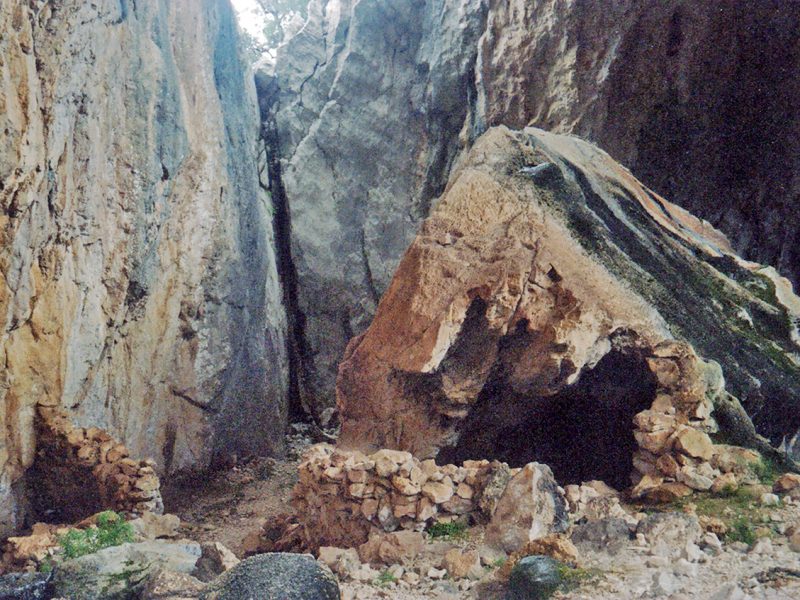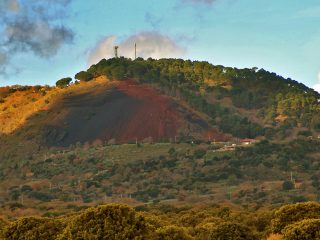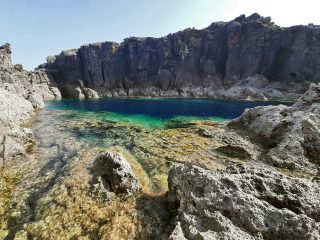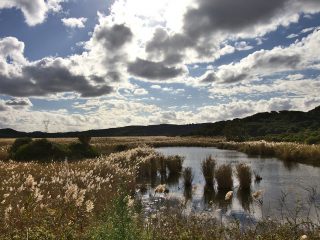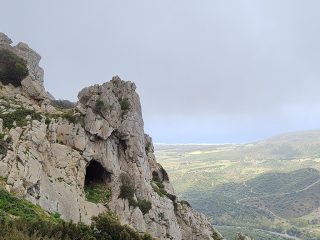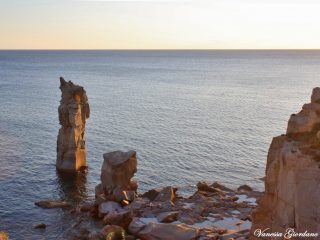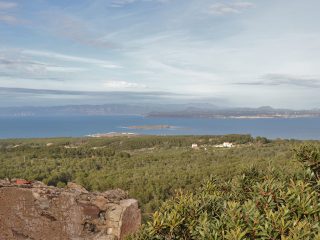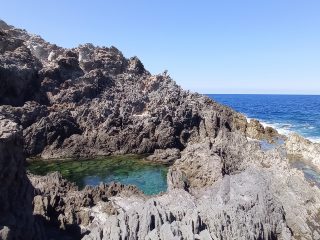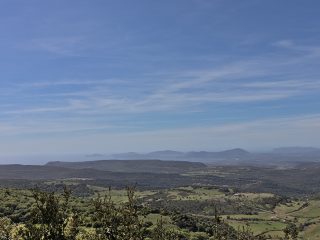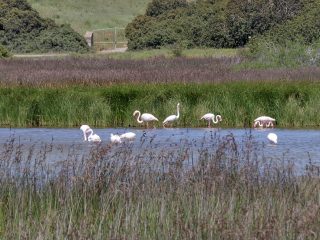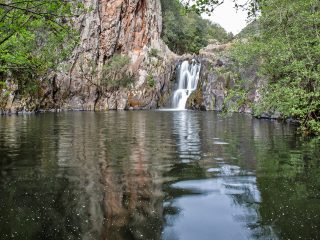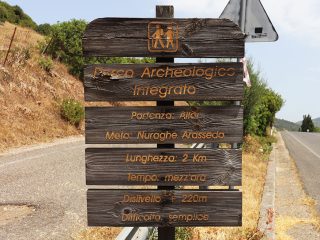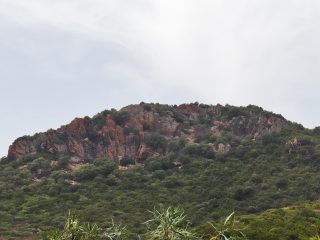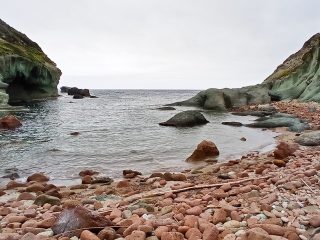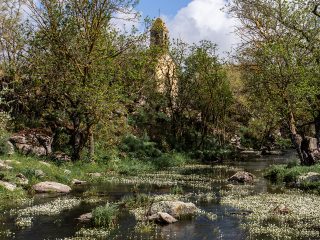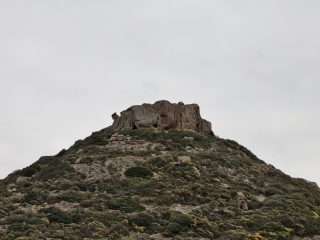Monte Tiscali is an elevation standing a little over 500 m a.s.l. which separates the Supramonte di Oliena from the Supramonte di Dorgali, in the province of Nuoro.
To the west, you will find the rugged, wild Valle del Lanaittu while to the east flows the rio Flumineddu, in the more fertile valle di Oddoene.
This mountainous peak is difficult to reach and consists of limestone rocks from the Mesozoic era, typical of this area and characterised by the presence of holm oaks, juniper and Mediterranean shrub.
Its fame stems from the fact that inside the mountain is a collapsed sinkhole known as Sa Curtigia de Tiscali.
Originally, it was a karstic cave, whose roof has collapsed. The sinkhole has been ‘taken over’ by holm oaks, juniper trees, ash trees, wild olive, mastic trees and fig trees. A natural protection against the sun, wind and storms, it is a very unusual place with a micro-climate: cool in summer and warm in winter. An enormous window opens on a wall offering a view of the valley and its panorama.
This unique feature made it a genuine fortress for the ancient populations in the area.
Indeed, inside you will find the ruins of a village dating back thousands of years, whose oldest constructions date to the pre-Nuragic era.
Opposite Monte Tiscali, you can see the unusual morphology of Monte Tundu (497 m a.s.l.). This limestone elevation has an unusual shape like a panettone with reddish walls, surrounded by a vegetation of holm oaks and juniper trees.


